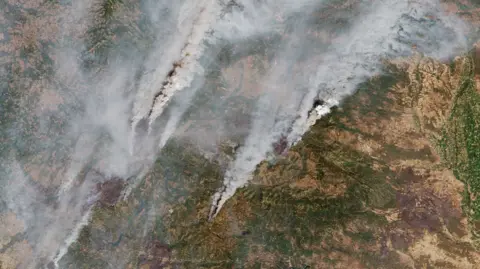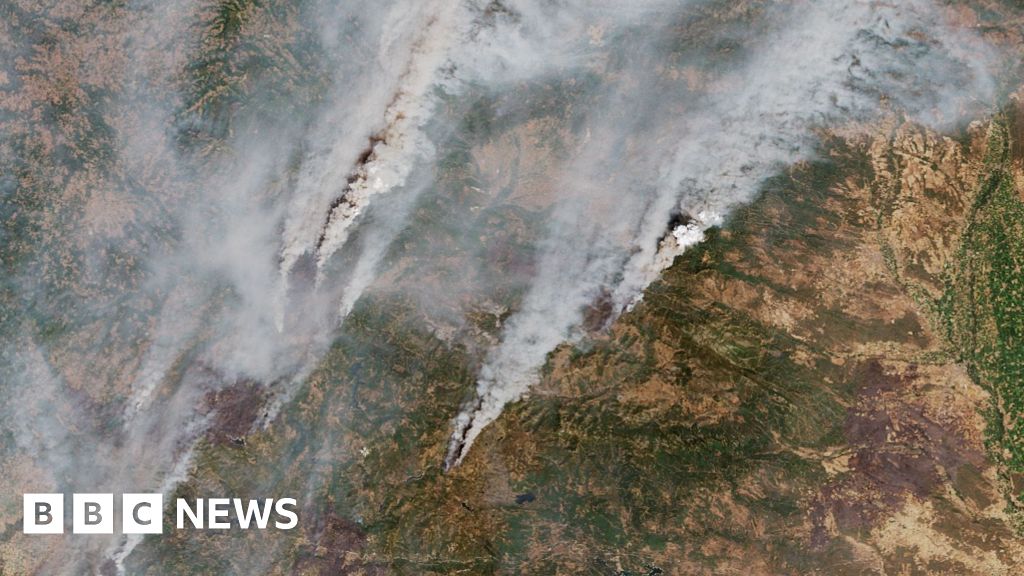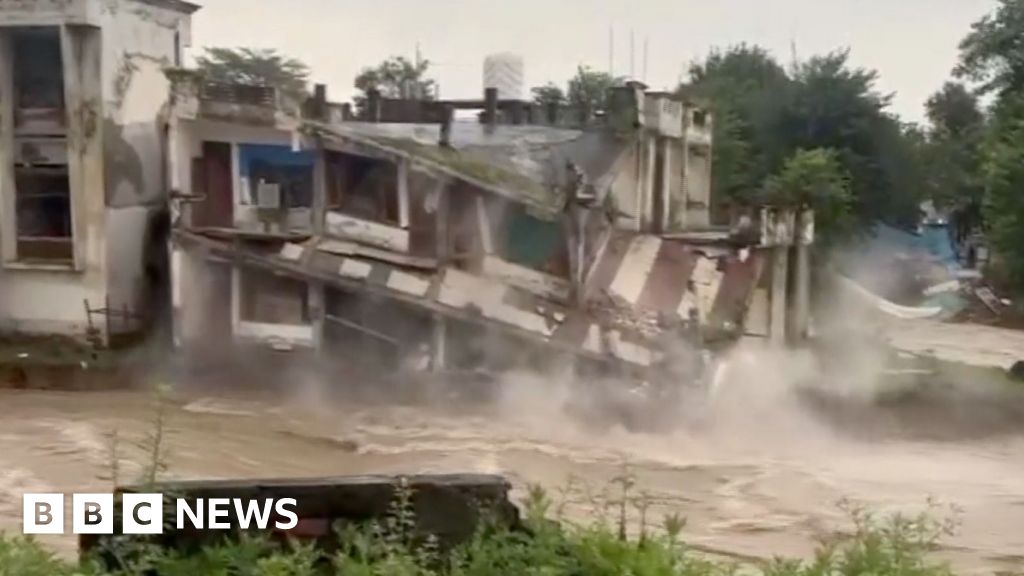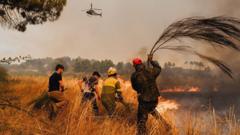The recent severe storm system wreaking havoc across the central and southeastern United States has drawn attention to a critical trend: increasing rainfall intensity linked to climate change. The ongoing system, which has caused substantial flooding, reflects data indicating a significant uptick in rainfall throughout the eastern U.S. from 1991 to 2020, as reported by the National Oceanic and Atmospheric Administration (NOAA).
This pattern is stark, with the eastern portion of the country experiencing more frequent and intense rain events while the western areas have seen a decrease in precipitation. Such discrepancies align with the projections made by climate scientists, predicting that regions already prone to wet conditions will continue to see saturation, whereas drier areas will become even more parched.
While attributing any single storm to climate change requires careful analysis, the principles of meteorology support the notion that warming air can retain more moisture. Consequently, this results in heavier rainfall as the air continues to warm due to human-induced greenhouse gas emissions. A recent report from the World Meteorological Organization highlighted that the last decade has included the ten warmest years on record, underscoring the urgency of this issue.
Deanna Hence, an associate professor specializing in climate meteorology at the University of Illinois Urbana-Champaign, remarked, “The trends indicate that our heaviest rain events are becoming more extreme.” This observation not only serves as a warning but also as a call to action for societies to prepare and adapt to these growing instances of severe weather, as the climate continues to evolve before our eyes.
This pattern is stark, with the eastern portion of the country experiencing more frequent and intense rain events while the western areas have seen a decrease in precipitation. Such discrepancies align with the projections made by climate scientists, predicting that regions already prone to wet conditions will continue to see saturation, whereas drier areas will become even more parched.
While attributing any single storm to climate change requires careful analysis, the principles of meteorology support the notion that warming air can retain more moisture. Consequently, this results in heavier rainfall as the air continues to warm due to human-induced greenhouse gas emissions. A recent report from the World Meteorological Organization highlighted that the last decade has included the ten warmest years on record, underscoring the urgency of this issue.
Deanna Hence, an associate professor specializing in climate meteorology at the University of Illinois Urbana-Champaign, remarked, “The trends indicate that our heaviest rain events are becoming more extreme.” This observation not only serves as a warning but also as a call to action for societies to prepare and adapt to these growing instances of severe weather, as the climate continues to evolve before our eyes.




















